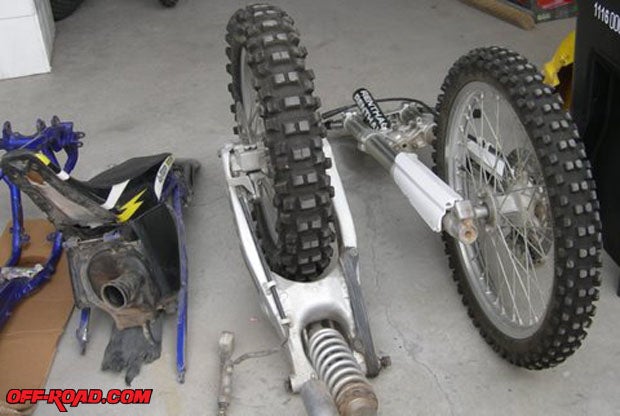
What we have here is something that makes a whole lot of sense. Right now, there are a bunch of modern four-stroke racers that don't make any sense to own anymore. For example, let's say you have a Honda CR 450 motocrosser and itís four or five years old. Let's also say that the motor has just blown up and you can't afford to fix it anymore.
It will cost you a bunch to fix a blown modern four-stroke motocross motor: about $3100 or $3200. When you figure that the four- or five-year-old bike they have is worth about $2000 to $2500 if it's running and is in perfect shape, you see the one with a wasted motor is not worth a whole lot.
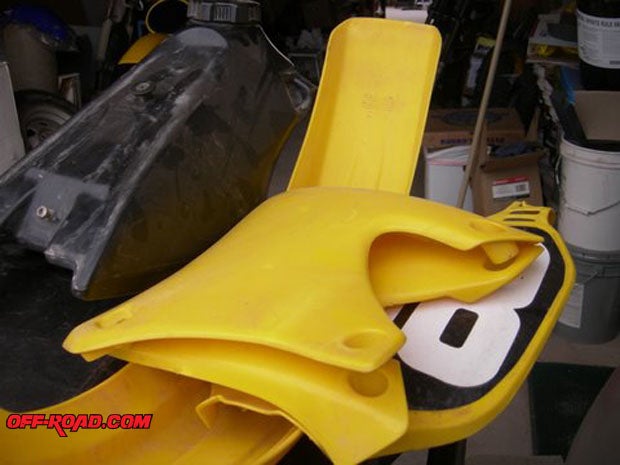
In fact, we got on craigslist.com and found all kinds of fairly recent four-stroke motocross bikes for sale for parts only. Yes, it costs too much money to fix the bikes and try to sell them, so the owners were trying to sell leftover parts. This is pretty hard to do when you consider that the modern motocross bike has good forks, great wheels, excellent brakes, a good shock, excellent chassis, and all the little things that make the bikes a good mount.
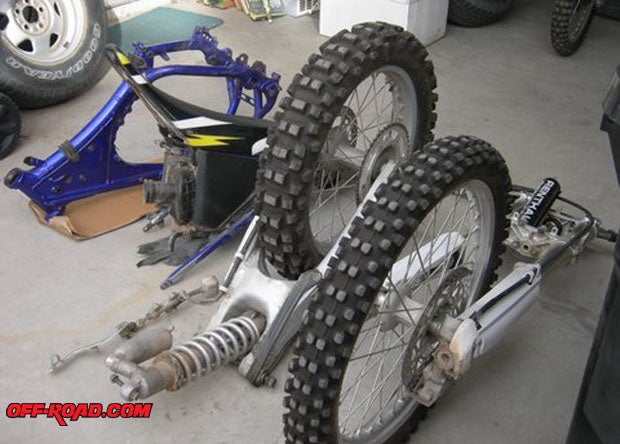
Consider this: the Honda manual states that if you're an expert rider, you should rebuild the top end every 15 hours, and every 30 hours is for a normal rider. This does not include the clutch and gearbox, but only the top end and the crank shaft. And, like we said, itís going to cost you around $3,200 bucks just to get this rebuild done at a shop.
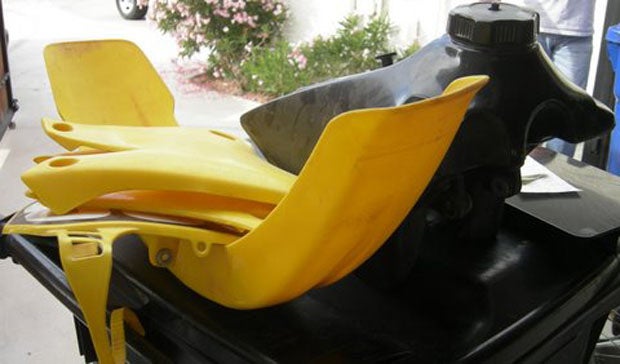
The average four-stroke is so complicated that the normal rider can not do his work in his own garage with his own tools. In fact, it takes about a half-hour to get a spark plug on the average modern four-stroke motocross bike out. You have to remove the tank, shrouds, side panels and saddle just to get any sort of access to the plug. These factors have made working on the new bikes a virtual nightmare for the owner.
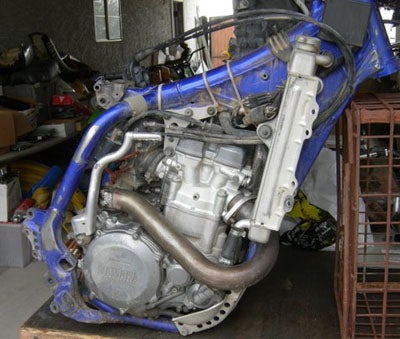
OUR GOAL
Many riders yearn for the day of the nice and simple two-stroke motors that we always loved so dearly. If you took a normal 250 air-cooled two-stroke back in the day, and maybe put a set of rings in every year or so, the bike would run great. In fact, that's one of the reasons that vintage racing is so popular nowadays. Guys can get their bikes running perfectly, work on them in their garage themselves, and do a top-end job in a few hours for a few bucks rather than spend a monthís salary in a shop every time he turns around.
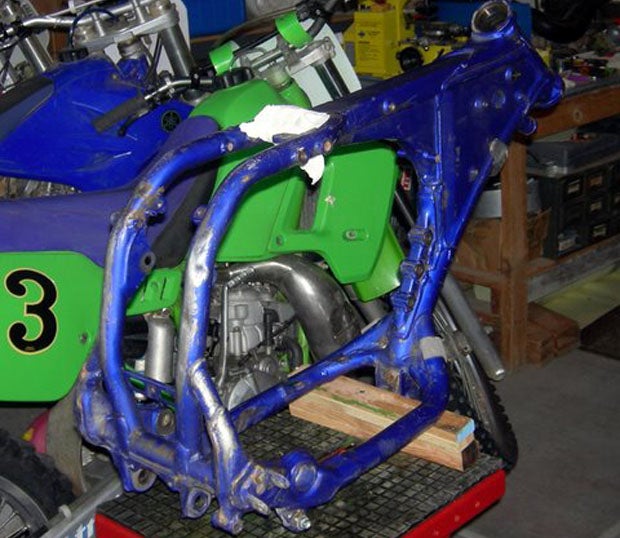
We considered a large number of two-stroke engines to use in this project, and the ones we found readily available all over the Internet were the Suzuki 250 and the Yamaha 250. Not only were there a bunch available, but there are also parts galore, many of them at bargain prices.
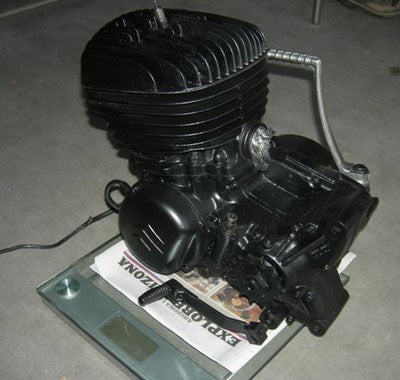
In choosing our engine, we had to pick one where the exhaust port was not centered, because the down tube on the frame of the bike we wanted to use was right in the middle. Therefore we had to get something with the exhaust port off on either side. After a lot of looking, measuring and asking questions, we settled on a 1979 RM 250 motor. We were able to get a running motor, complete with exhaust pipe, for $225. The motor had a stator in it, but did not have any of the other electrics and the Mikuni carb was also not part of the package. Since it came stock with a 36 mm Mikuni carb, I figured we shouldn't have much trouble chasing that one down.
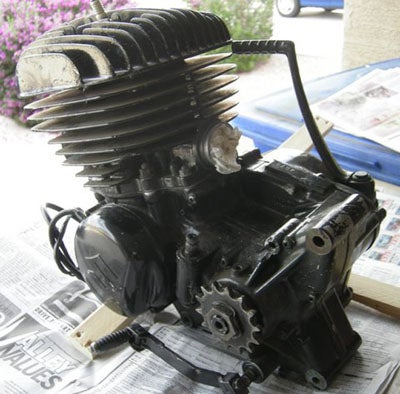
A FEW FACTS
After considering all kinds of frames, we settled on a YZ 426 chassis. Why didn't we use an aluminum-framed bike? Because it was 17 to 20 pounds heavier than a steel framed bike. That's right, sports fans. The new aluminum framed racers are very heavy bikes. When full of gas, itís not uncommon for a modern four-stroke racer to weigh over 260 pounds.
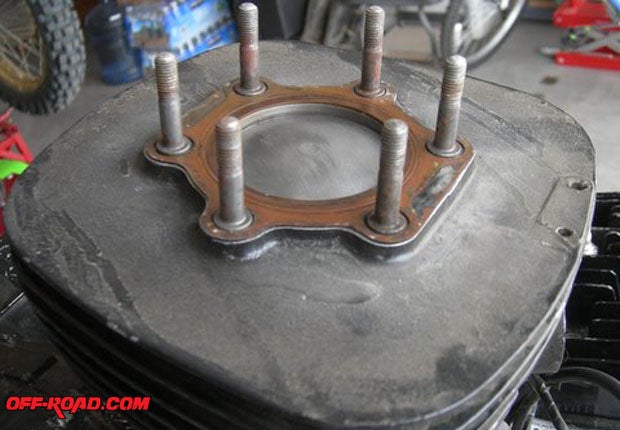
The rolling chassis we chose was a 2000 Yamaha YZ 426 complete Ė except for the motor and the pipe. A typical four-stroke motor weighs in around 75 to 80 pounds. The Suzuki two-stroke motor with the carburetor weighs in at a bit over 55 pounds and is very compact in size. So were looking at a complete bike that just might weigh in at a light 205 to 210 pounds, ready to ride.
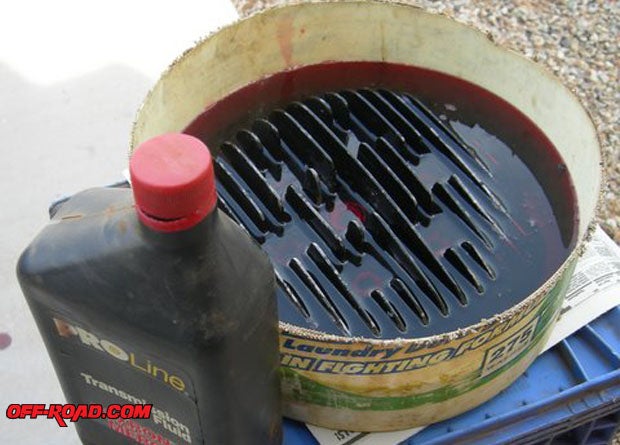
This would be remarkable considering this would be a bike with modern suspension and all the goodies that make a contemporary bike, such as good wheels, superb suspension and killer brakes.
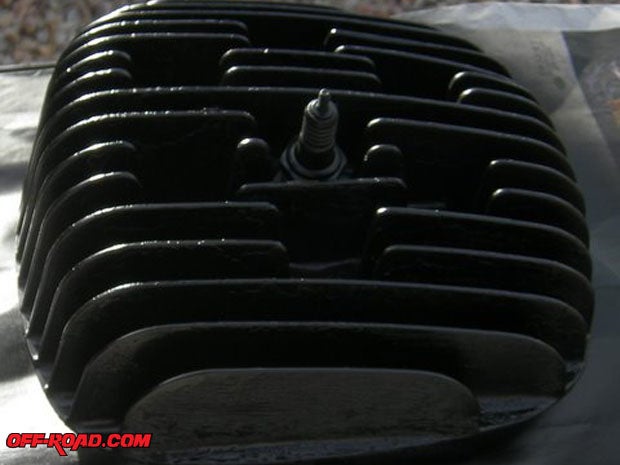
So that's our goal. Follow along with us as we try to build what we would consider an ideal motorcycle for very low dollars.


 Your Privacy Choices
Your Privacy Choices